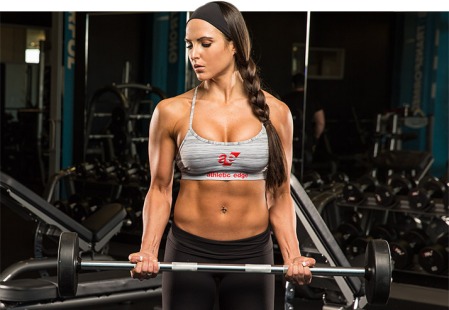After days or weeks of intense workout, it is normal for you to feel soreness and fatigue. These are the only side affects you have to endure to successfully achieve that body, posture or effect you want. Active recovery workout can be very helpful in combating muscle fatigue and soreness by creating motion and movements that are different from the ones that lead to soreness. It also helps you improve form, lower heart rate, and releases hormones. When done correctly, it can provide even better results compared to rest, massage and other methods.
Active recovery can speed up muscle rebuilding
After a tough exercise routine, your muscle fibers are broken down, and you need some activity to rebuild and heal. Choosing active recovery is a step in the right direction, better than rest and sleep that will take a longer time to bring results. But you have to do it right for it to work. Weight lifting and other activities that cause your heart beat to increase will do more harm than good to your body. The idea is to engage in light exercises that make you perform about 50% of your maximum heart rate. The exercise should also not exceed 30 minutes and must leave you feeling energized, and not tired or exhausted. This way, your muscle won’t get an overload, so it rebuilds and heal at a very short time.
Why active recovery is better than passive rest
The primary purpose of active recovery is to allow your body to heal and recover, not to build muscle. This is possible because, during active recovery exercise, your muscle protein synthesis increases. Whatever your intentions are, it is better to allow your muscle to heal itself, than to subject yourself to a never-ending system of exercise and recovery. Active recovery also helps to engage muscles that are tired, so they don’t get stiff.
It improves blood flow
Another way active recovery helps your muscle prevent soreness and fatigue is by improving lymph and blood circulation in your body. By getting a better supply of oxygen and nutrients, your muscle repairs and heal itself faster. Also, engaging in light exercise is an opportunity to improve your posture, develop better technique and improve your overall performance.
Active recovery exercises ideas
When practicing active recovery, you should bear in mind that your goal is to engage exercise that is not too hard but just enough to get your blood flowing. You should consider going rock climbing, which is a fun and yet rewarding activity. You can also try cross-country skiing, walk in the park, or stretching. If you want to go cycling, make sure you don’t go beyond 75 minutes at a flat heat rate. Running is also a good idea if you plan not to go beyond 30 – 45 minutes.
Active recovery is the best way to go if you want your muscles to heal faster and avoid soreness and fatigue. You just have to do it right, making sure you don’t turn your day off into a full exercise routine.
To read more please refer: http://www.natestretchandmore.com
